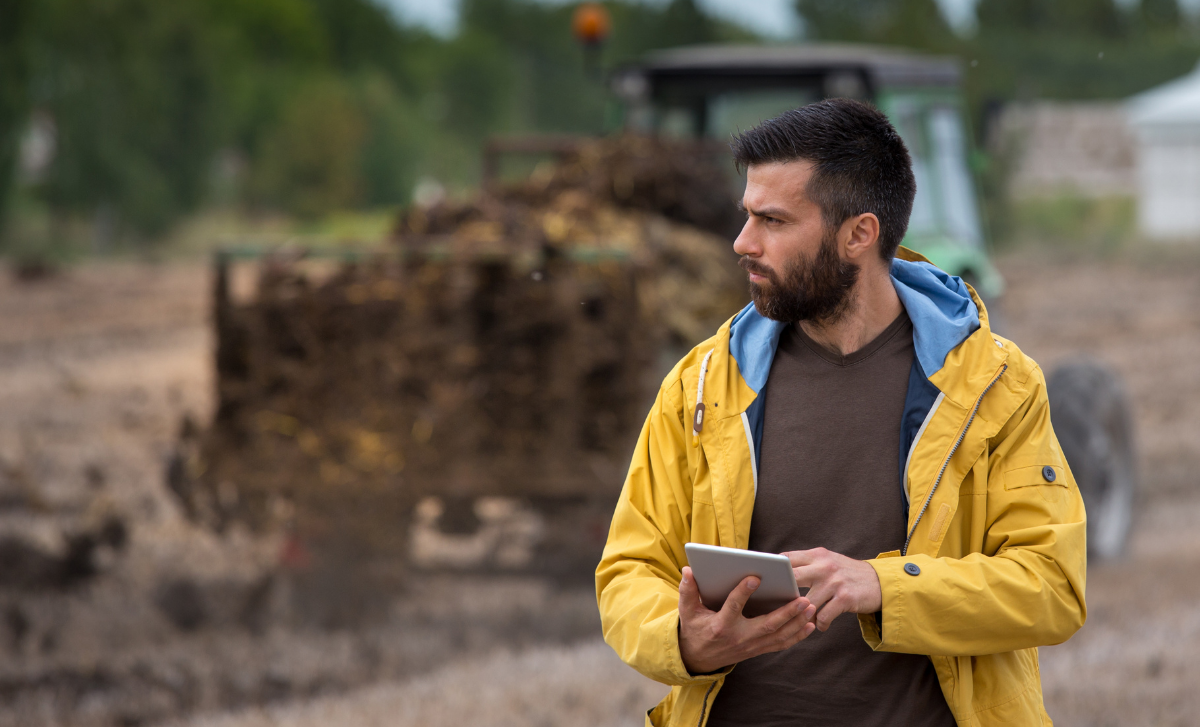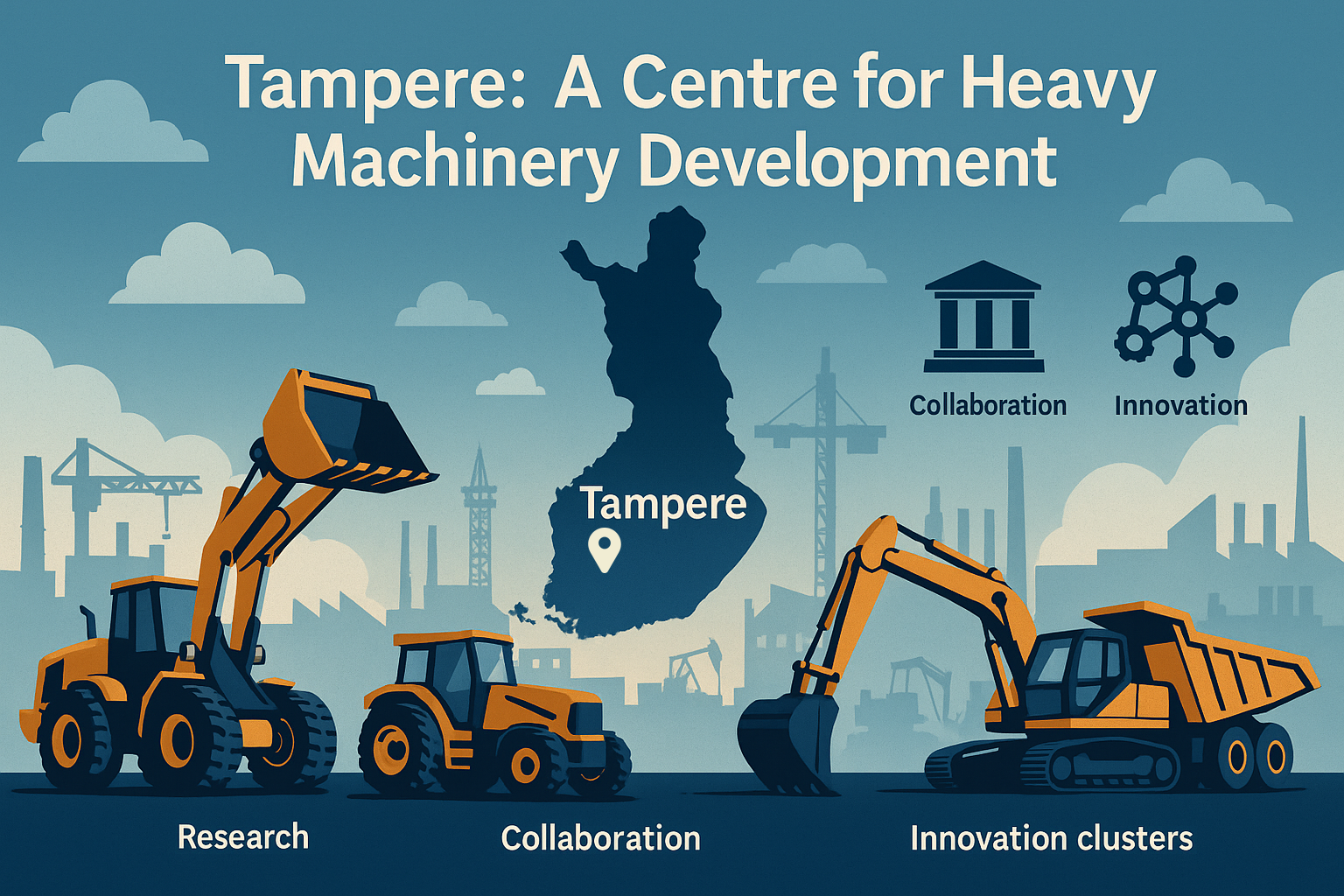Operating, Maintaining, Supporting: Which AI Assistant Is Built for You?
Whether you’re running tractors across hundreds of hectares, operating straddle carriers in a port, or managing earthmoving machines at a road...
2 min read
spogen.ai : Aug 8, 2025 9:55:00 AM

spogen.ai conducted a focused field survey to understand better how heavy machinery users solve problems, and where today’s user experience still falls short. At OKRA 2025, one of Finland’s largest agricultural trade shows, we asked attendees how they react when something goes wrong with a machine, where they turn for help, and what could make problem-solving faster, easier, and more reliable.
We heard from around 50 machinery users, mostly farmers, but also contractors and technical staff. The survey was promoted at OKRA, and targeted hands-on professionals who rely on machines daily. Most of the feedback was received during the event.
Experience: The majority of respondents had more than 10 years of hands-on experience with heavy machinery. Many maintain and repair their machines themselves when possible.
Machine types: Tractors were the most common, followed by a range of other agricultural machinery such as seed drills and combines, as well as excavators, forestry machines and crushers.
Digital habits: Nearly all respondents already use smartphones or tablets as part of their daily workflow.
When there is something to figure out, or something breaks, the default reaction is to try and solve it on their own. Most respondents said their first step is hands-on: checking manuals, consulting colleagues, or calling the dealer or manufacturer support.
Even the experienced operators run into barriers:
|
2. I check the manual 3. I search online 4. I call maintenance 5. I ask a colleague |
*Course of action in a non-common situation, honorary mention: “I call my dad.“ (2 respondents).
The main source of frustration wasn’t the technical problem. It was finding the right information to solve it. One in five respondents said machine issues do not frustrate them, but most others expressed frustration with the process of looking for answers.
“The instructions are hard to understand” was a clear ‘winner’ among complaints. Almost at a shared second position came “I don’t know where to look for information”, “I don’t know who to ask”, and “Getting help takes too long”.
|
1. The machine displays an error code or an alarm 2. When I don’t know how to perform a certain function or adjustment 3. When the machine won’t start or is behaving strangely 4. When it’s time for maintenance or a check-up 5. When looking for the right spare part or its details |
Interestingly, users of older machines were among the most interested in smarter support tools. Their top wishes for such a tool were ease of use, simple and clear instructions for operating features, and the ability to identify error codes. One might speculate they are preparing for their next machines they know will be more complex.
|
Ease of use Quicker access to information Capability to identify and explain error codes Support in maintenance procedures Visual aids |
In the coming weeks, we’ll share follow-up articles that explore these three key themes from the survey, and how we as a company and the whole machinery ecosystem can address them.
These are signals from real users, and they show exactly where smarter support is needed.
Get to know our Smart Assistant here, and our Tech Assistant here.

Whether you’re running tractors across hundreds of hectares, operating straddle carriers in a port, or managing earthmoving machines at a road...

